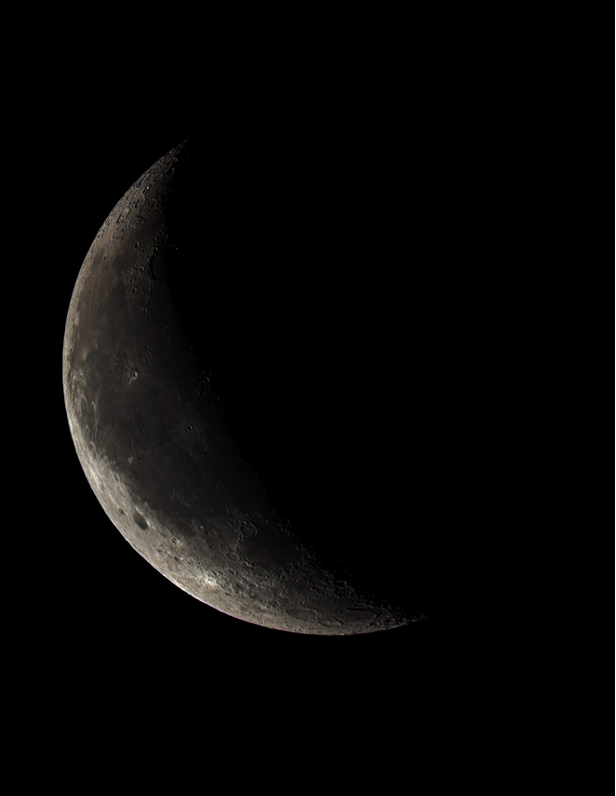by Michael DiMario, AAAP Astroimaging Chair
The month of May has been one of the cloudiest months negating many DSO astronomical quests. However, solar activity has been the mainstay with April’s solar eclipse and May’s extraordinary Aurora Borealis visible to as low as 26 degrees latitude. The month of May 2024 solar storm may compete with some of the lowest-latitude aurora sightings on record over the past 500 hundred years.
Between May 3rd and May 9th, NASA’s Solar Dynamics Observatory, a satellite launched in 2010 to observe the Sun, cataloged 82 sizeable solar flares from two active regions on the Sun (AR3663 and AR3664). These clusters of sunspots were so active that they erupted repeatedly. Starting on May 7th, at least seven coronal mass ejections, or CMES, raced toward Earth reaching our planet May 10th, which was when the strongest auroras were seen. For example, AR3664 peaked in the early hours of May 10th at 2:54 am ET (0654 GMT) triggering temporary or complete loss of high frequency (HF) radio signals across Asia, eastern Europe, and eastern Africa. HF radio signals are interrupted because the radio waves are absorbed by the high energy upper atmosphere. The radiation, as ionizing X-rays, travels toward Earth at the speed of light and ionizes the top of Earth’s atmosphere. CMEs travel at slower speeds and often take several days to reach Earth.
CMEs do not always trigger extraordinary auroral displays. The degree of magnetic disturbance from a CME depends on the CME’s magnetic field and Earth’s. If the CME’s magnetic field is aligned with Earth’s, the CME will pass on by with little effect. However, if the CME is aligned in the opposite direction, it can cause Earth’s magnetic field to be reorganized, triggering impressive auroral light shows.
Scientists are very interested in studying the impact of Solar Particle Events (SPE) such as CMEs. CME AR3664 is reported to have been recorded on Mars. The reason for the great interest is that the ISS and astronauts in low earth orbit are generally protected from SPEs thanks to the Earth’s magnetic field. For astronaut crews and their spacecraft in transit outside the Earth’s protective magnetic field, SPEs will have a deleterious biological effect. Fortunately, most SPE events are a problem for 1-2 days, which allows for relatively small areas of confinement for a Lunar or Mars transit crew. This is also an issue for astronauts on the surface of the Moon and Mars since the Moon and Mars do not have a protective magnetic field. To minimize exposure, the crew would be restricted to a storm shelter during the most intense portion of the event, which may last for several hours. Shielding of approximately with 20 g/cm2 or more of water equivalent material will provide sufficient shielding to protect the crew. For relative comparison, the aluminum equivalent of the ISS United States Lab is 10 g/cm2, ISS average is 5.26 g/cm2, space suit is 1.22 g/cm2, and STS-66 cargo bay was 15 g/ cm2. However, SPEs are directional and may not always impact the Earth but could impact Mars or a transit crew.
The May storms registered as a G4 and G5 at Kp 8-9 on May 11th. Fortunately, one of our AAAP club members captured the Aurora Borealis at its peak of May 11th. See below for the tables of definitions, the storm effects as well as our AAAP member image.


Source: http://www.theusner.eu/terra/aurora/kp_archive.php?year=2024&month=5&day=1&ndays=7
Michael DiMario, PhD, AAAP Astroimaging Chair
Robert Vanderbei – Aurora Borealis May 11th

Aurora Borealis was captured using an iPhone 14 Pro (automatically) in Dark Mode. Exposure of 3 seconds hand held. No tripod was used.
The Aurora Borealis, aka Northern Lights, as seen from Bob Vanderbei’s front yard in Belle Mead, NJ at 4:33am on May 11th. The Big Dipper can be seen almost dead center. It is interesting that the double star system, Mizar and Alcor, can be seen as two stars. The bright star up near the top right corner is Polaris, aka the North Star.
Rich Sherman – M104 Sombrero Galaxy

M104, the Sombrero Galaxy was image May 8, 2024 using an ZWO ASI 2600 camera, Antlia triband filter, with a Skywatcher 100mm f/5.5 refractor. Image is an integration of 32 x 2 min frames at -10 C, Bin 1, at unity gain. Image cropped, processed in CCD Stack, Topaz DeNoise, and Lightroom.
The M104 Sombrero Galaxy is a very interesting given its very bright center, at magnitude 8.0, making it one of the brightest galaxies. It is located between the constellations Virgo and Corvus 28 million ly from Earth. It is about 50,000 ly in across. M104 was initially thought to be a spiral galaxy but recent images from the Spitzer Space Telescope indicates it to be a giant elliptical galaxy. Embedded in the bright core of M104 is a smaller disk, which is tilted relative to the large disk. X-ray emission suggests that there is material falling into the compact core, where a 1-billion-solar-mass black hole resides. The Hubble space telescope revealed about 2000 globular clusters, 10 times as many as orbit our Milky Way galaxy. The ages of the clusters are similar to the clusters in the Milky Way, ranging from 10-13 billion years old.
(Passage by M. DiMario)
Daniel Mints – Crescent Moon

A May 3rd crescent Moon imaged using a Meade 10” SCT at f/6.3, a ZWO ASI533MC Pro camera and a UV/IR cut filter created from a 3-panel mosaic.

